It wasn’t exactly murder at Yankee Stadium this past weekend, but for all intents and purposes it was another marker moment in the historic rivalry between the Yankees of New York and the Red Sox of Boston.
And Sawx fans are jumping for joy.
And why not?
The leaders in the AL East became the first visitors in more than a hundred years to score at least nine runs on three consecutive days against the Yankees. That was so long ago, 1912, that the New Yorkers were not the Yankees then but the Highlanders who played at Hilltop Park.
The roots of the rivalry extend all the way back to the first time the teams faced-off on May 7, 1903 at the Huntington Avenue Grounds in Boston. The teams played under the names Highlanders (they played on the hilly terrain of upper Manhattan) and Pilgrims (in tribute to their New England heritage).
On January 9, 1920, “Harry Frazee’s Crime” was enacted. At a cold morning press conference a very happy Jake Ruppert announced: “Gentlemen, we have just bought Babe Ruth from Harry Frazee of the Boston Red Sox. I can’t give exact figures, but it was a pretty check—six figures. No players are involved. It was strictly a cash deal.”
Sox general manager Ed Barrow had told Frazee: “You ought to know that you’re making a mistake.”
The shipping of Babe Ruth to the Yankees has been followed by all sorts of Red Sox misfortunes, read “Curse”: losing Game 7 of the World Series in 1946, 1967, 1975, 1986 (the ball dribbling through Bill Buckner’s legs in Game 6); losing the pennant in playoffs in 1948 and 1978; being done in by the Aaron Boone eleventh inning home run on October 17, 2003 that gave the Yankees a stunning 6-5 come-from-behind triumph over the Boston who were five outs away from winning the American League championship.
In Boston, fans scream: “Yankees su--! Yankees su--!”
even when the Yankees are not playing in Boston. You can hear the chant (and worse) at Fenway during a Tampa Bay or Toronto, Mets or Baltimore game. There’s always the need, it seems, to shout out their anger.
In New York, they used to shout: “1918! 1918!” Now more vulgarisms abound.
The Yankees of New York versus the Red Sox of Boston is the
greatest, grandest, strongest rivalry in baseball history–a competition of images, teams, cities, styles, ballparks, fans, media. History, style, culture, pace, dreams, bragging rights - all are mixed in, mixed up with the rivalry in one way or another.
The competition is so much more than a baseball team representing Boston going against a baseball team representing New York. It is, at its heart, a competition between the provincial capital of New England and the mega-municipality of New York City, the different lifestyles, accents, slogans and symbols.
It’s the Charles River versus the East River, Boston Common against Central Park, the Green Monster versus the Monuments, Red Sox Rule versus Yankees Suck, WFAN versus WEEI, the “New York Daily News” matched up against the “Boston Herald,” “I LOVE NEW YORK, TOO - IT'S THE YANKEES I HATE” versus “BOSTON CHOKES. BOSTON SU--S. BOSTON DOES IT IN STYLE.”
“I was always aware of the mix at Fenway Park,” said Lou Piniella, who managed and played for the Yankees. “There was always a lot of excitement in that small park that made it special. You might have 20,000 Red Sox fans at Fenway and 15,000 Yankee fans. Their rivalry helped our rivalry. It excited the players who had to respond to it.”
The rivalry is a fireworks of the historic, auspicious, ridiculous, odd, dramatic, poignant, bizarre and amazing as is evidenced in the following timeline:
April 20, 1912 – The first game at Fenway, New York versus Boston was finally played after it had been rained out for two straight days. The home team prevailed 7-6 in 11 innings.
May 6, 1915 – Red Sox pitcher Babe Ruth hammered his first major league home run. It came against the New York Yankees when they still called the Polo Grounds home. The 20-year-old Ruth’s dinger and his two other hits notwithstanding, the Yankees eked out a 4-3 triumph in 13 innings over the Red Sox who committed four errors. The Babe was saddled with the loss.
April 24, 1917 – Yankee George Mogridge hurled the first no-hitter in franchise history. It was against the Red Sox at Fenway.
In 1925, the Yanks were most anxious to trade a first baseman to the Red Sox for Phil Todt. Boston blinked, then passed on the trade. The first baseman Lou Gehrig became one of the great players of all time. Todt batted .258 lifetime with 57 home runs.
August 12, 1934 – In what was to that point the largest crowd in Fenway Park history, the Yankees and Red Sox split a doubleheader. Babe Ruth played his final game in a Yankee uniform in the ballpark where he had begun his professional career.
March 29, 1948 – The Yankees and Red Sox played through four hours and two minutes to a 2-2 tie in a spring training game in which 33 players were used.
October 2, 1949 – A Yankee pennant was recorded in a 5-3 victory over the Red Sox.
April 14, 1955 – Elston Howard, the first black player on the Yankees, singled in his first at bat in a game against the Red Sox.
August 7, 1956 – 36,350 watched as the Sox defeated the Yankees, 1-0, in 11 innings. Ted Williams walked with the bases loaded to drive in the winning run.
October 1, 1961 – In the last game of the season, Roger Maris hit his 61st home run, breaking Babe Ruth’s single-season record. The shot came off Boston pitcher Tracy Stallard.
August 29, 1967 – Both clubs struggled through 19 innings until the Yankees won the game, 4-3 in the 20th inning.
April 22, 1972 – Yankee third baseman Rich McKinney made errors on ground balls that figured in Boston’s scoring of nine runs to defeat the Yankees, 11-7.
October 2, 1978 – Coming back from a 14-game deficit, the Yankees in just the second play-off game in league history, nipped the Red Sox, 5-4, winning the American League East. It is the game where Bucky Dent hit the wind-blown homer and had his name forever changed in New England to “Bucky F------- Dent.”
July 4, 1983 – Yankee stalwart Dave Righetti pitched a no-hitter against the Red Sox 4-0 before 41,077 at the Stadium.
June 19, 2000 – The Red Sox suffered through their most lopsided home loss ever, a 22-1 drubbing by the Yankees.
On the field, inside the white lines, the rivalry has been characterized by some of baseball’s wildest moments.
The rivalry intermittently has flared into rage, occasionally into violence. Sometimes it has been triggered by personality clashes, at other times the trigger has simply been the “bad blood” and frenzy that has been part of the history, mood and culture operating when the ancient rivals go at each other.
When it comes to Red Sox/Yankees baseball, there is never a dull moment, and those caught up in it are never at a loss for words. There are stories, asides, frontal attacks, poignant memories, insights, game accounts, vulgarisms, quips and rejoinders that cut across generations and geography. Yankee loyalists and zealots and Red Sox Nation boosters and rooters always have something to say.
One of the stories that is a terrific “what if” is the rumored trade of Ted Williams for Joe DiMaggio. As the story goes, Sox owner Tom Yawkey and Yankee boss Dan Topping were at Toots Shor’s one night bantering about how much better Ted Williams would bat at Yankee Stadium and how much better Joe DiMaggio would hit at Fenway Park. It concluded with the two owners exchanging a handshake and agreeing to make a DiMaggio-Williams trade.
It was reported that when Topping arrived home at 4:00 A.M. and realized what he had agreed to, he picked up the phone and called Yawkey in a panic.
“Tom,” he began, “I’m sorry but I can’t go through with the deal.”
“Thank God,” was Yawkey’s reported reply.
Another version of the purported DiMaggio-Williams deal has Tom Yawkey being the one who made the phone call. “Dan, I know it’s very, very late, and I still want to make that trade we discussed. However, if you still want to make it you'll have to throw in that left-handed hitting outfielder. You know who I mean, that little odd-looking rookie.”
“I can’t,” Topping said. “We’re thinking of making him a catcher. I guess we’ll have to call off the deal.”
So Joe DiMaggio remained a Yankee, and Ted Williams played out his career with the Red Sox. And the little odd-looking rookie, Yogi Berra, stayed with the Yankees and became a catcher.
(To be continued)
A noted oral historian and sports journalist, the author of 41 sports books, including the classics “New York City Baseball 1947-1957,” “Shoeless Joe and Ragtime Baseball,” “Remembering Yankee Stadium,” and “Remembering Fenway Park,” is currently working on a book on the first Super Bowl—anyone with contacts, stories, suggestions please contact.
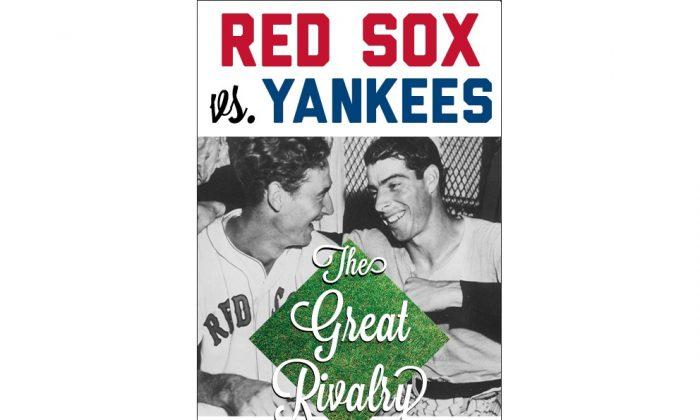
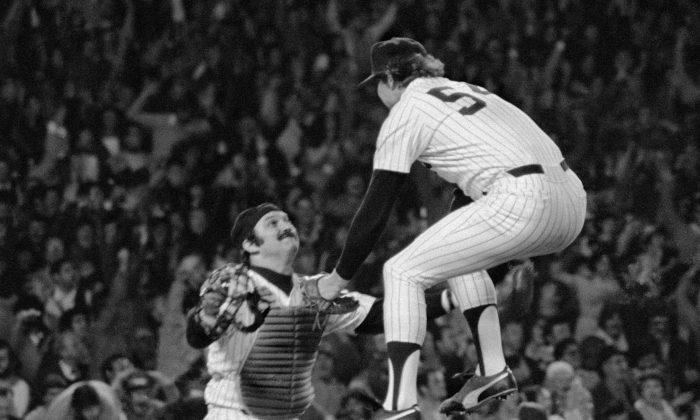
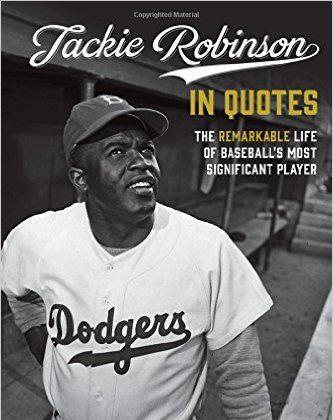
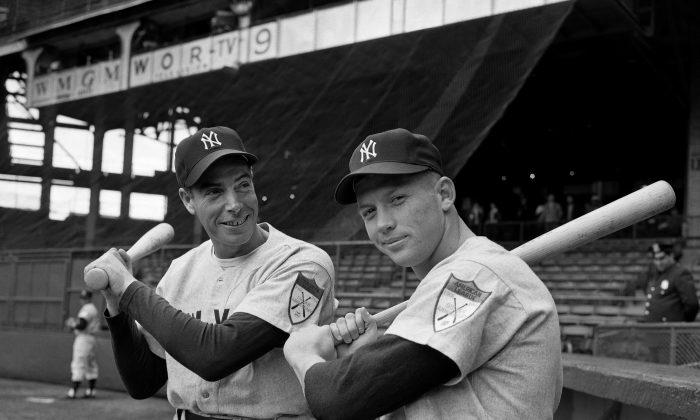
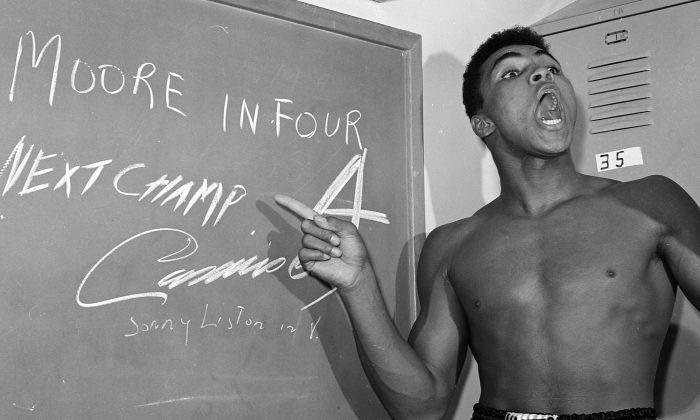
Friends Read Free